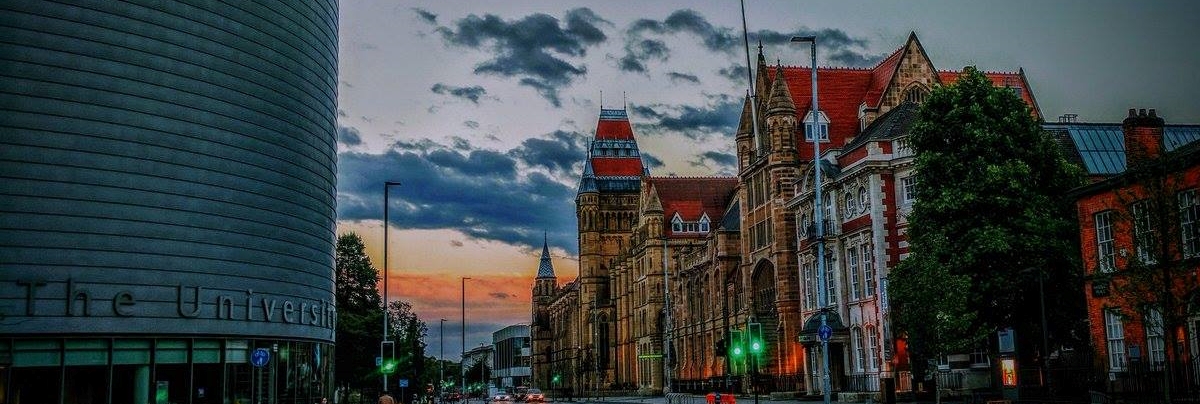
Controversial Art and Freedom of Expression
Benjamin Matheson (University of Valencia) & Tomas Koblizek (Czech Academy of Sciences, Prague)
Humanities Bridgeford Street Building: Room G.34
In 2017, Dana Schutz’s painting “Open Casket” was exhibited at the prestigious Whitney Biennial in New York. It is a portrait based on a photograph of Emett Till, a black boy who was lynched in Mississippi in 1955. The painting, which was intended to express the author’s solidarity with the suffering of the boy’s mother, became the target of criticism. Representatives of the black community decried the use of the iconic image by a non-black person in the context of the art-world and called for the removal of the painting.
The affair raises questions about freedom of expression in art that have not yet been discussed in theoretical debates, although they are pressing for artists, audiences and art institutions. A common debate concerns the extent to which an artist’s freedom of speech should be respected when their work expresses controversial ideas. However, the question remains to which extent freedom of speech may be respected when the context of the work’s creation is controversial. This include cases where the work has transformed the landscape in a way that is unacceptable to some (e.g., in land art), where the artist has committed significant offences in relation to their collaborators (e.g., the cases of sexual harassment), or where the work appropriates another artefact to which someone has an intimate, if not proprietary, relationship (e.g., the case of Dana Schutz’s painting).
The workshop will be an opportunity to bring together disciplines that surprisingly meet very little and where there has been so far little discussion of these issues: the free speech scholarship and aesthetics/philosophy of art.
Researchers in these fields will address this topic through the following questions:
- Under what conditions can the controversial creation of artworks be a reason to restrict the artist’s freedom of expression?
- Under what conditions is it possible to respect the artist’s interest in expressing themselves regardless of the controversial way in which the work was created?
- If we have to balance between the freedom of speech and the counter-arguments concerning the way a work was created, what approach to freedom of speech is best suited to make an appropriate choice between the two? An autonomy-based, truth-based, or democracy-based approach?
- Can the questions about freedom of speech and the controversial ways of creating art be addressed in similar ways as in the case of works that are controversial because of their content? Or are they different issues?
- When the context of creation is problematic, can a specific form of counter-speech be used as a measure, or is this tool reserved only for polemics against content?
- What important controversies can be raised by limiting freedom of speech for works that we remove because of the problematic way they were created? And what important controversies can be caused if we do not intervene?
- Is it also appropriate to consider legislative adjustments in this type of cases?
The abstracts for the below talks can be viewed here.
|
|
|
|
11:00-12:30 |
Registration |
|
12:30-13:30 |
Lunch |
|
13:30-14:00 |
Welcome Speech |
|
14:00-16:00 |
Keynote speaker Daisy Dixon (Cardiff): Painful Cake and Slurring Images Chair: Benjamin Matheson (Bern) |
|
16:00-16:30 |
Tea and Coffee Break (optional) |
|
16:30-17:30 |
Session 1 (continued) Simeon Goldstraw (Oxford): It Was Just a Joke! Comedy and Freedom of Expression Chair: Tomas Koblizek (Prague) |
|
17:45-19:00 |
Wine Reception |
|
19:30 |
Conference Dinner |
|
|
|
|
9:30-11:30 |
Session 2 Mary Beth Willard (Weber State): Art as an Overton Window Tuomas W. Manninen (Arizona State): Don’t Shoot the Messenger? Considerations against Censoring Controversial Art(ists) Chair: Daisy Dixon |
|
11:30-12:00 |
Tea and Coffee Break (optional) |
|
12:00-13:00 |
Session 2 (continued) Tareeq Jalloh (Sheffield): On What Grounds Are Rappers Having Their Freedoms Restricted? Chair: Mary Beth Willard |
|
13:00-14:00 |
Lunch |
|
14:00-16:00 |
Session 3 Alice C Helliwell (Kent/Northeastern London): AI Art: The End of Art or a Storm in a Teacup? Carolina Joanna Gomes (East China Normal University): Offensive Art in the Age of Algorithm-Driven Social Media Chair: Tuomas W. Manninen |
|
16:00-16:30 |
Tea and Coffee Break (optional) |
|
16:30-17:30 |
Session 3 (continued) Connor K. Kianpour (Boulder, Colorado): Comic Immoralism, Error Detection, Aand the Problem of Immoral Jokes” (online) Chair: Simeon Goldstraw |
|
|
|
|
9:30-11:30 |
Session 4 Joachim Nicolodi (UCL/Cambridge): The Good, the Bad, and the Ugly: Morality in Aesthetic Judgement (online) Tomas Koblizek (Prague): “The Painting Must Go”. Expressive Appropriation Claims and Freedom of Expression Chair: Alice C Helliwell |
|
11:30-12:00 |
Tea and Coffee Break (optional) |
